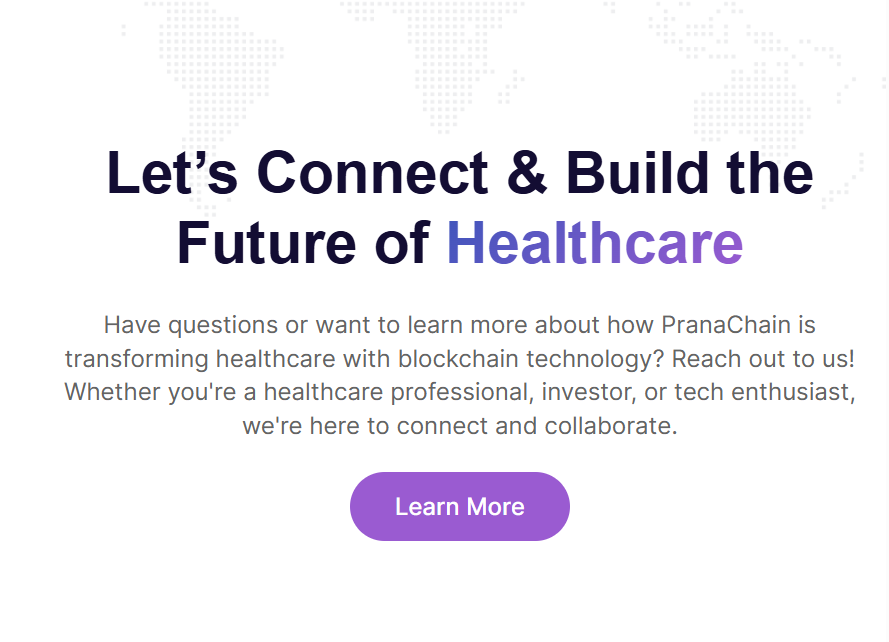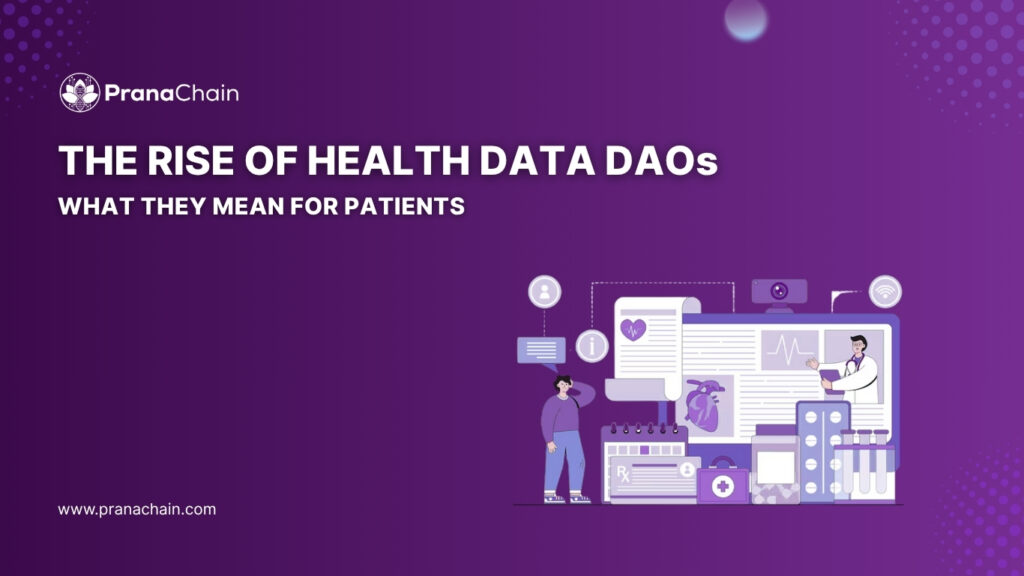
In the age of Web3, control over personal data is shifting from centralized institutions to individuals. At the heart of this shift is a new concept: the health data DAO (Decentralized Autonomous Organization). A health data DAO allows patients to collectively own, govern, and profit from their medical data using blockchain and smart contracts.
This isn’t just a buzzword. It’s a powerful structure that flips traditional data systems on their head. Instead of letting hospitals, insurance companies, or tech giants control your health information, health data DAOs put you in charge.
How Does a Health Data DAO Work?
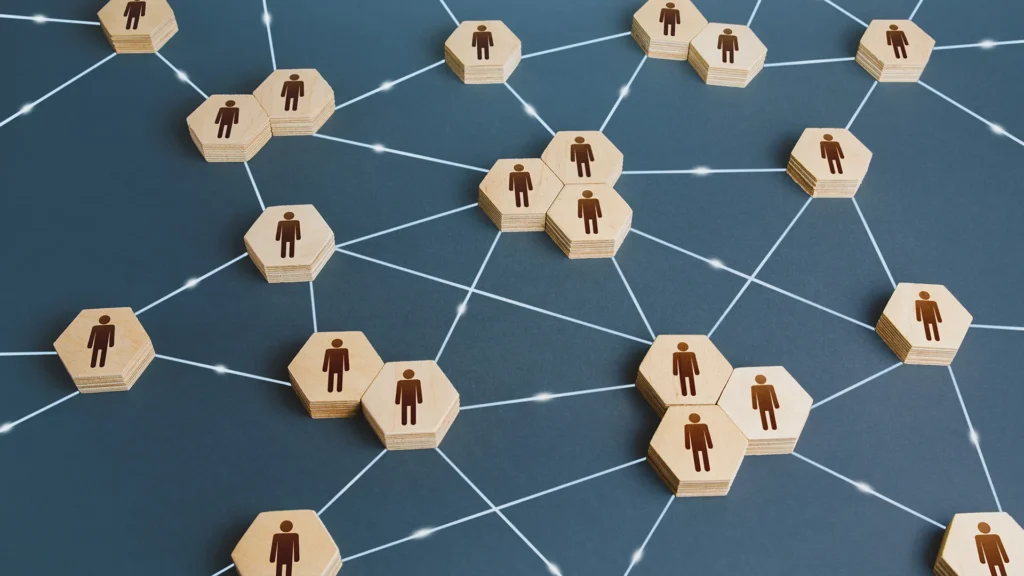
A health data DAO operates like a cooperative. Here’s how it functions:
- Decentralized Governance: Patients hold voting rights and decide how their collective data is accessed or used.
- Token Incentives: Members earn tokens for contributing data, participating in governance, or approving research usage.
- Smart Contracts: These automate access, permissions, and payments securely and transparently.
- Blockchain Ledger: Ensures every action and transaction is traceable and tamper-proof.
This model creates a transparent, community-governed ecosystem where users can monetize their data while protecting their privacy.
Why Are Health Data DAOs Important for Patients?
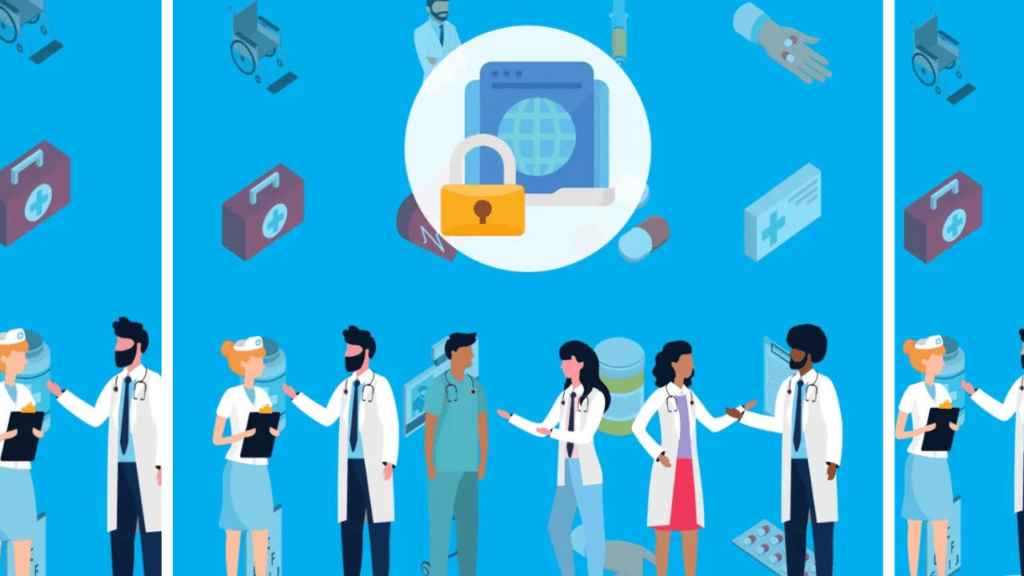
Traditional healthcare systems collect vast amounts of patient data, yet patients rarely benefit from it. Health data DAOs change that by:
1. Returning Ownership to the Individual
You don’t just “own” your data philosophically you control its actual access and use via smart contracts.
2. Enabling Safe Data Monetization
Patients can opt in to ethically share anonymized data with research institutions and earn compensation.
3. Creating Transparent Governance
Decisions about how data is used are no longer made in boardrooms but through DAO community voting.
4. Building Collective Value
Data from millions of patients can be pooled into a DAO to generate large-scale insights, benefiting both individuals and global research.
Real-World Example: PranaChain and the Future of Health Data DAOs
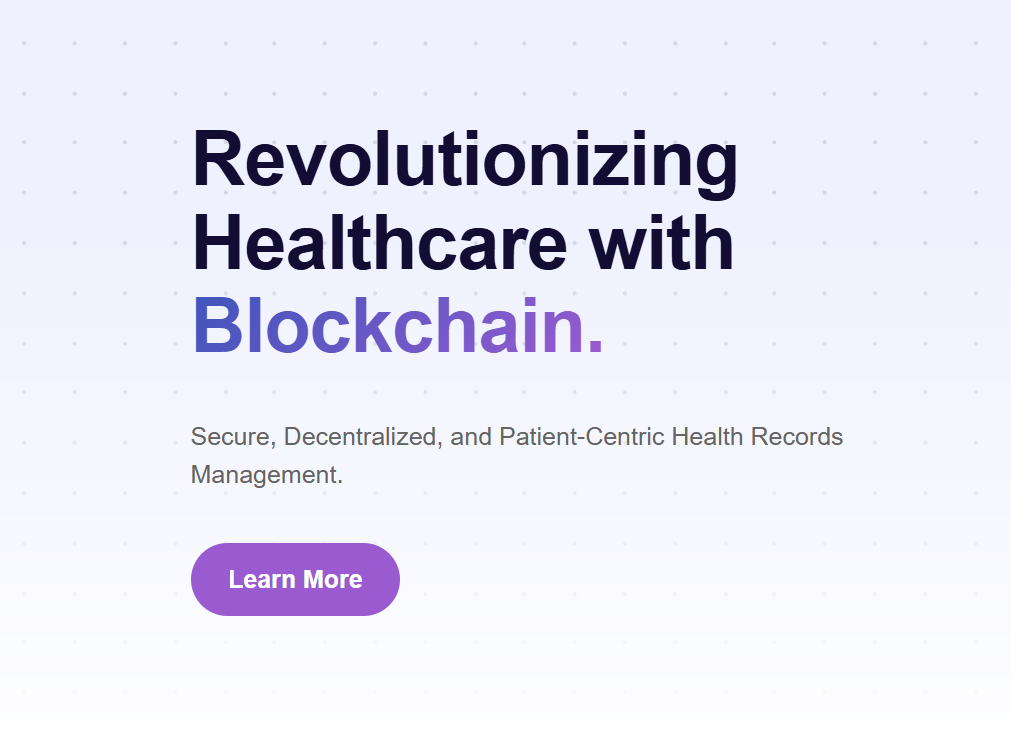
PranaChain is pioneering the health data DAO concept by building a decentralized data infrastructure for patients. With its smart consent system and health data wallet, PranaChain enables users to:
- Join data DAOs and vote on data usage proposals
- Share anonymized health data for research and receive tokenized rewards.
- Retain full transparency and control through the blockchain.n
This approach aligns perfectly with the growing demand for data sovereignty and ethical use in healthcare.
Benefits of Health Data DAOs for Web3 Healthcare
Patient Benefits | DAO Features |
Data ownership | Decentralized governance via smart contracts |
Privacy-first data sharing | Blockchain-based access control |
Passive income | Token rewards for data contribution |
Research impact | Real-world use of patient-approved datasets |
No intermediaries | Peer-to-peer access and decision-making |
Challenges Ahead
Despite their promise, health data DAOs face some hurdles:
- Legal Recognition: Most jurisdictions do not yet have laws that define or regulate DAOs or tokenized data assets.
- Scalability: Managing large volumes of data in decentralized networks can be complex.
- Onboarding Non-Tech Users: Making DAO tools user-friendly is crucial to mass adoption.
Still, the momentum is growing. As more people become aware of the value of their health data, DAOs offer an ethical, tech-forward solution.
Conclusion: Health Data DAOs Are the Future of Patient Empowerment
The rise of the health data DAO represents a powerful movement toward decentralized, patient-centric healthcare. By combining blockchain, smart contracts, and collective governance, health data DAOs give patients true control over their data and a real stake in how it’s used.
As platforms like PranaChain push this model forward, we move one step closer to a world where patients are not just passive subjects in the healthcare system but active participants in shaping its future.
